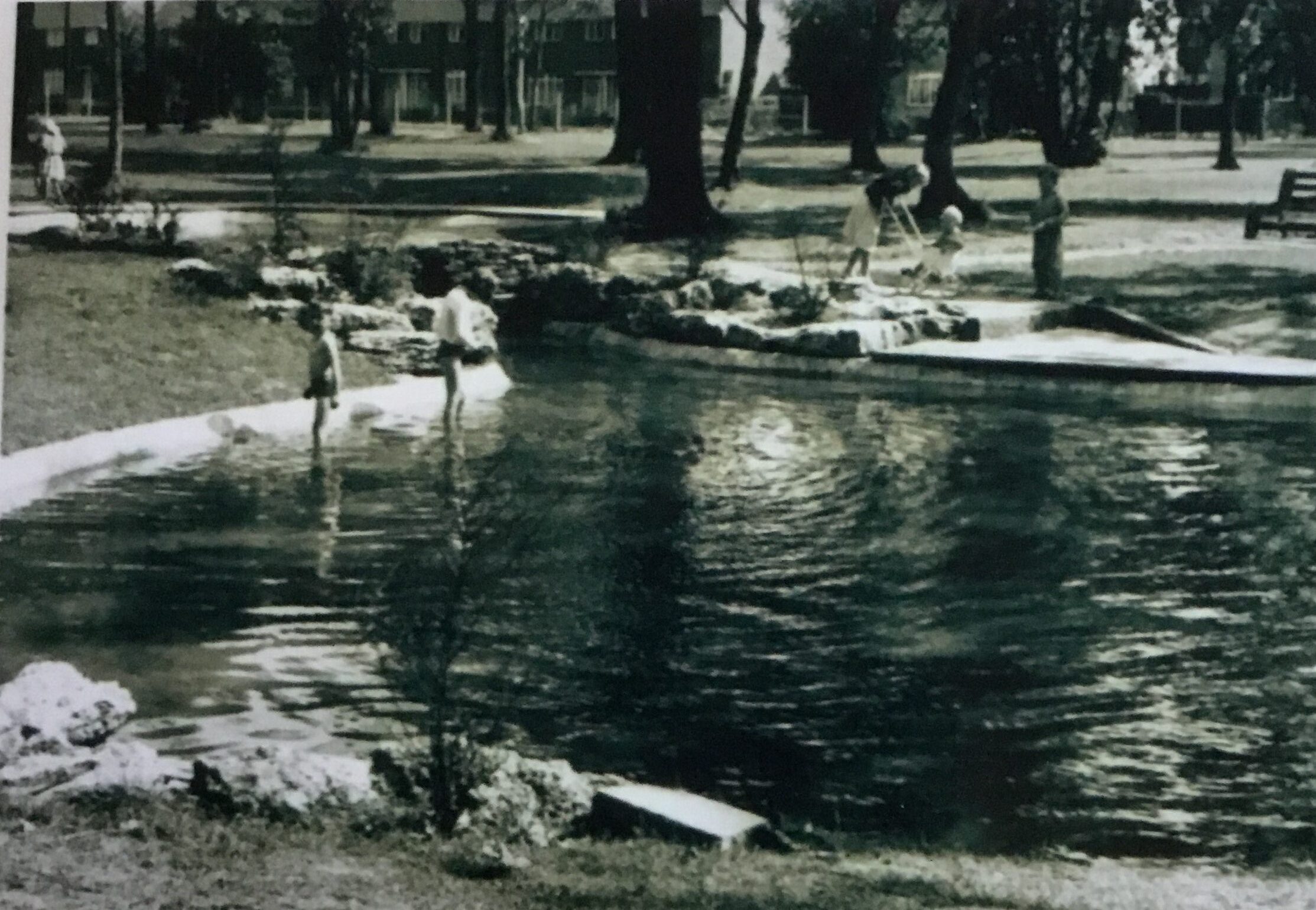
‘Know It Love It: 55 Features’ – The Gardens Trust
This fabulous project to record ‘55 Features’ in historic parks and gardens of all kinds, builds on a series of vibrant training workshop sessions run by the Land of the Fanns, delivered by The Gardens Trust and supported by the Essex Gardens Trust (EGT). After desk-top and on-site training our group of enthusiastic volunteers have ‘fanned out’ exploring designed landscapes of all kinds: neglected children’s playgrounds, 18th century parkland, municipal memorial parks, and fragments of long built over grand gardens. Their aim to discover and record individual features and elements within those larger landscapes, capturing the essence of south Essex in ‘gardens’.
Although the training focussed on larger parks and gardens it soon became obvious that the areas unique history can best be seen in its variety, and the concentration of small ‘pockets’ of parks and playgrounds sometimes designed into residential estates, or often just abandoned as the urban areas spread around patches of woodland or re-purposed pleasure grounds. Neglected ice houses, rusting estate railings, rockeries bereft of their planting, playground furnishings redolent of 1950s childhoods, veteran trees stranded in modern housing estates, all build a picture of the history of the Fanns area.
Our research is usually both site based and on-line, as well as drawing on the resources of archives and museums. Old maps join the latest digital technology and recording techniques, LiDAR detection mapped with GIS onto 17th century maps and we are now all proficient at ‘splitting’ our computer screens between modern satellite images and late 19th century Ordnance Survey maps, before heading out with an iPad and measuring tape to search out and record.Oral history has also proved invaluable in an area where communities often have a strong cohesion and families are often 3rd or 4th generation in the same area.
Monthly meetings found us in different garden sites, taking the opportunity to examine glasshouses by great designers or grand avenues, whilst discussing quarry gardens, playground ponds and mysterious ’stench pipes’. Through discovery and discussion, comes understanding and through understanding and sharing our studies, a better chance to protect what are often sadly neglected and even previously unrecognised features.
Covid 19 sadly brought an abrupt end to our monthly meet-ups and our oral histories, and also the opportunities to record on-site the present state of features that have survived from Essex’s past. However the team swiftly switched focus to on-line research and adapted our project timetables to focus on writing up what we had discovered so far. We practiced our digital skills, and even counted avenue trees via satellite imaging!
The ‘ivory towers’ and kitchen table of research can however be a lonely place, and so this month we got together courtesy of Zoom and had a digital meeting to discuss our progress and findings. It is amazing how seeing and hearing each other on screen drew us immediately back into the camaraderie and friendship that has grown within the group over the last 9 months and it was fabulous to hear everyone again. Emails have their place of course, and contact has been more or less continuous, but nothing beats a good chat with tea and biscuits to hand… albeit miles away from each other – and we went away with fresh enthusiasm.
Although Covid 19 continues to disrupt our lives and our research, it looks as though we may soon be able to visit some of our sites again, albeit as individuals and perhaps whilst jogging past them, or sunbathing on them, and we are now more confident than ever in our abilities to complete our mission of discovering, recording, and helping to protect the unique features of parks and gardens in the Land of the Fanns. We have also discovered that by ‘be-friending’ landscape features we have ourselves ended up with lots of new friends!
Twigs Way
20 May 2020
Image: Dilkes Park Paddling Pool c1959. Courtesy of Sonia Dewell
The paddling pool was built in the late 1950’s, when Great Dilkes Wood was partially cleared, to make a family friendly park, with the pool being one of its many features. The pool was deemed unfit for use in the 1990’s by Thurrock Council, and filled in with earth. During the 2010’s an unsuccessful attempt was made to make it into flower beds. Fragments of the old concrete sides can still be seen.



